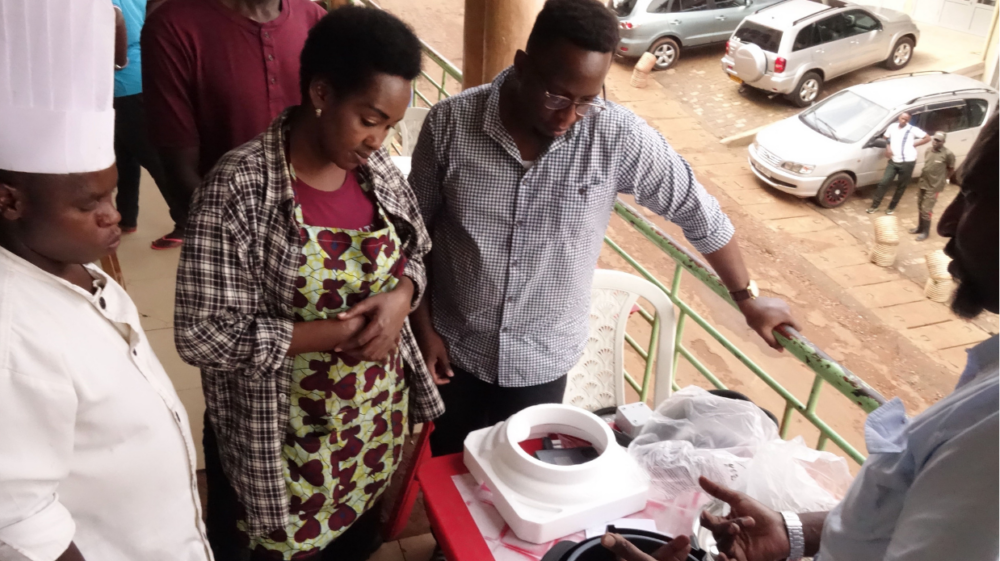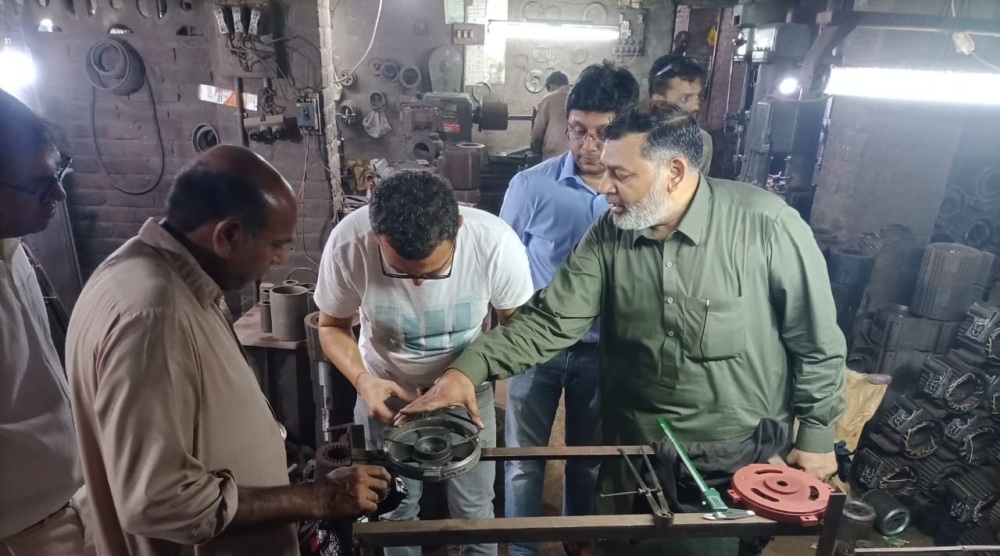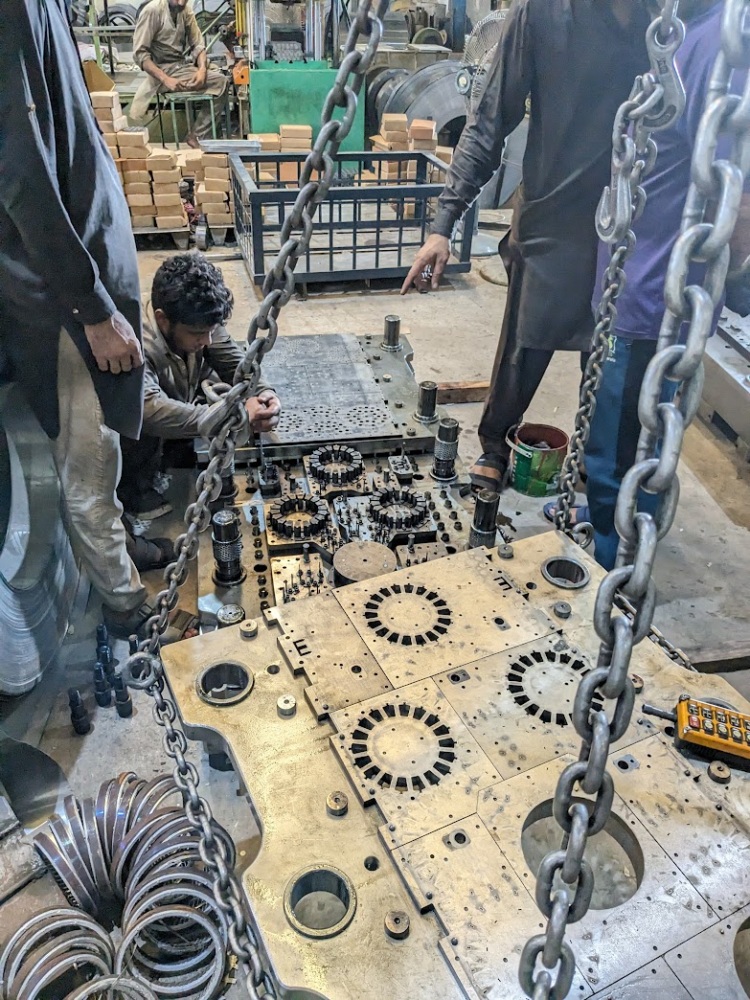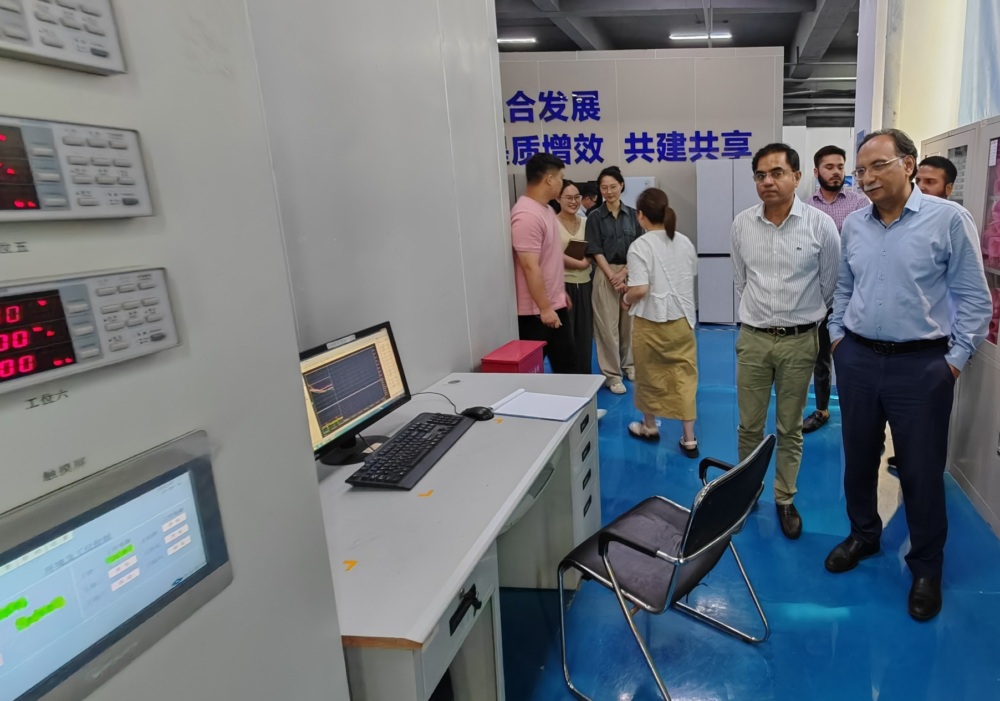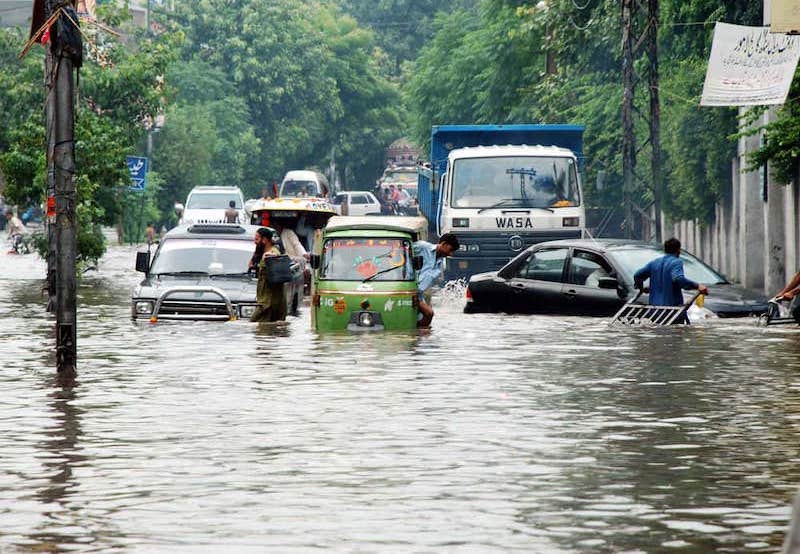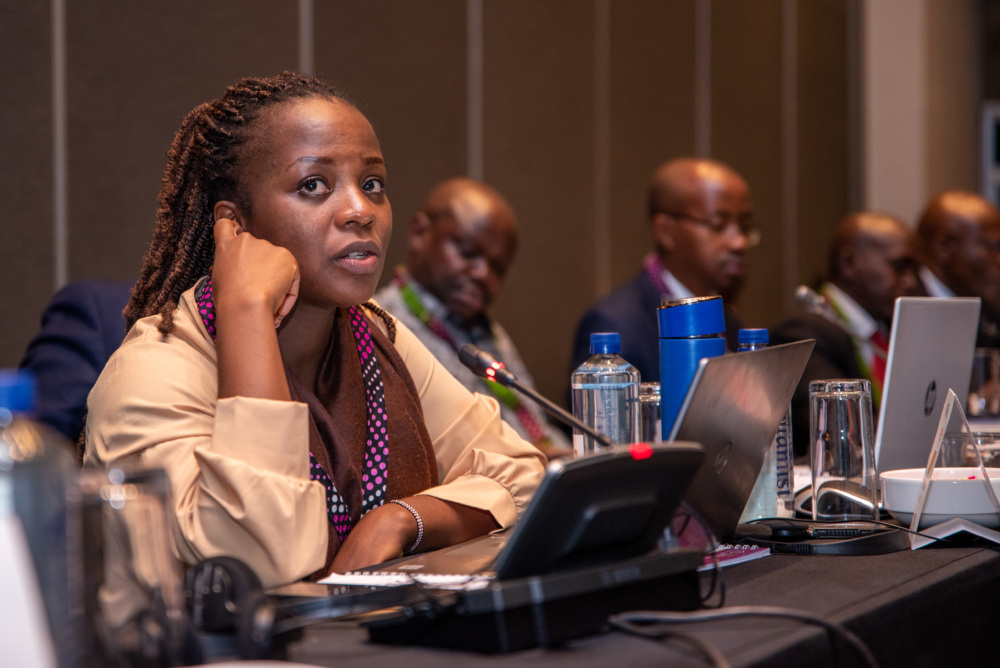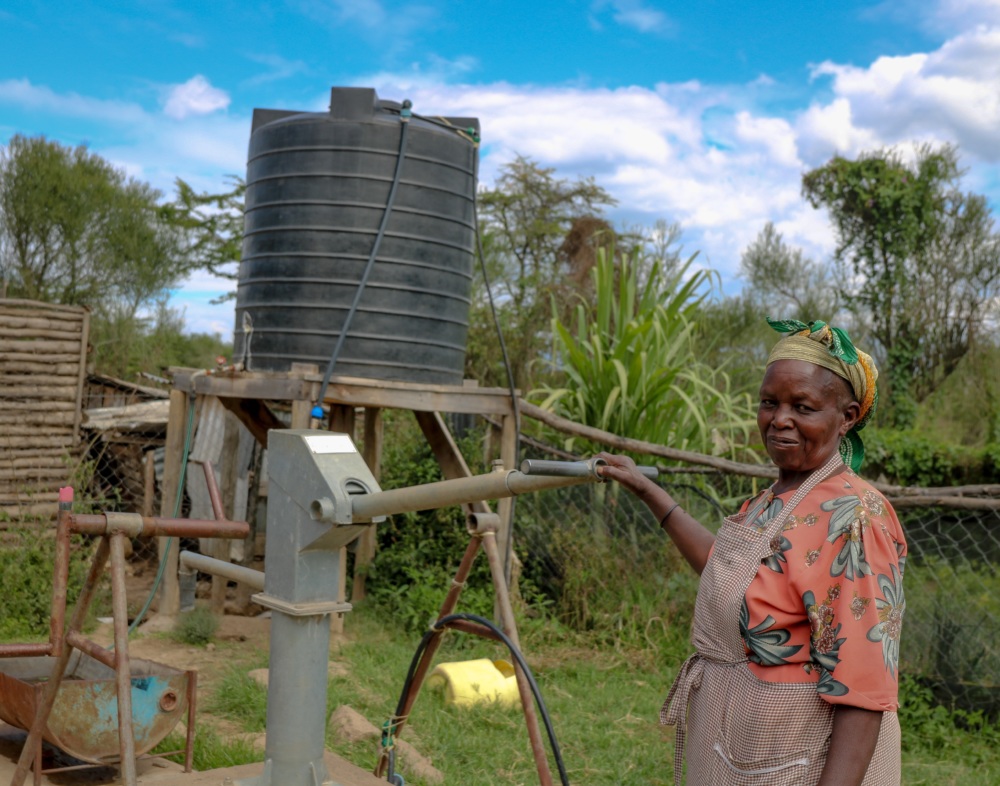Brazil’s Elucidative Case of AC Efficiency Testing Circumvention
A case of manufacturer interference during efficiency testing for ACs in Brazil underscores the importance of reliable, airtight procedures.
One of CLASP’s top priorities in our climate and appliance efficiency policy work is to ensure that new policies and standards will maximize CO₂ emissions reductions. That goal is jeopardized when supply chain actors inflate the efficiency performance of their products, compromising the integrity of the test and subsequent labeling. If gone unnoticed, the products’ persistence on the market will lead to higher emissions and costs, harming consumers.
Underperforming ACs Score High on Efficiency Testing
In 2021, CLASP’s close collaborator, the National Institute of Metrology Standardization and Industrial Quality (INMETRO) in Brazil, were informed that some manufacturers were circumventing efficiency testing for air conditioners. This meant that during efficiency tests, the manufacturer was able to manipulate the unit in a way that would produce an unduly higher efficiency rating and thus bear an inaccurate label.
INMETRO uses the Cooling Season Performance Factor (CSPF) to help consumers better understand their appliance’s performance. After publishing the data that informed CSPF ratings, some industry actors noticed that more energy-intensive products received higher CSPF ratings. After considering several possible causes, INMETRO determined that these suppliers manipulated the use of a third, optional test to artificially inflate energy use and influence the final CSPF calculation.
INMETRO executive analyst Danielle Assafin, author of the paper, concluded that the current test method needed to be updated. Her team considered multiple approaches, but changing the test process would increase costs and delay the implementation of updated AC efficiency policies.
Ultimately, they decided that the best option would be to only allow appliances with reasonable results in the first two tests to utilize the third and earn a higher CSPF. Though not a perfect solution, this would eliminate the possibility of this type of circumvention. The International Organization for Standardization was alerted and are now undergoing a test revision process.
Further Investigation to Track and Prevent Circumvention
Brazil offers a case study on the threat of circumvention in appliances testing procedures that is likely replicated around the world. In fact, the EU-based program Anti-Circumvention of Standards for better market Surveillance (ANTICCS) found that the known acts of circumvention within the EU resulted in 201,800 tons of CO₂e emissions per year. Extrapolating that to cases of unknown circumvention, it is clear that these unfair practices are costly to people and the planet.
Moving forward, CLASP hopes to highlight the risks and opportunities to mitigate circumvention through research into overall CO₂ emissions and energy waste. Knowing about these instances can support more airtight policies that are thus more difficult to circumvent. This research could lead to generally improved testing procedures that reward high-performing appliances, saving consumers money and sparing climate-changing emissions.
The specifics of the calculations used during testing and how the circumvention exploited the calculations used can be found in the original paper, which will be published later this year.


